Bruges Triennial 2018: floating pavilions and a concrete gateway to the afterlife

In a city famed for its postcard-ready vistas and perfectly preserved historic architecture and waterways, the Bruges Triennial is a welcome burst of contemporary creativity and unexpected urban interventions. As you walk past a medieval almshouse or over a cobbled stone bridge you will suddenly see a tall curving Corten steel sculpture (by US artist John Powers), a narrow geometric bridge (by Polish artist Jarosław Kozakiewicz) or a sinuous organic bright orange and red translucent floating pavilion (that will become the platform for a public pool) by Spanish architectural duo SelgasCano.
For the Triennial’s second edition, the theme ‘Liquid City’ is based on a concept by Polish-British sociologist and philosopher Zygmunt Bauman, who theorised globalisation and mass consumerism indicated a state of constant flux, fluidity, instability and transition. Though this could be construed negatively, he also believed humans were infinitely adaptable and flexible. To wit, the 15 invited artists and architects have responded to the Triennial’s theme in vastly different ways, ranging from the literal – almost every installation or sculpture is located on or near the city’s canals – to the more abstract or metaphorical, challenging the viewer to embrace a transformation, or even to become part of the creative process.
The latter is very much the case in German architecture firm Raumlabor’s House of Time project that is slowly transforming an old industrial site in town with the help of young people who have so far built a treehouse, a hot tub, an outdoor garden and various spaces for learning and collective problem-solving. The Triennial’s co-curator Till-Holger Borchert talks about the Triennial as an opportunity to create ‘a more sustainable form of tourism’ for the Flemish town of Bruges and become a magnet for ‘creative thinkers and doers’. In a small city regularly engulfed by seven million annual visitors on whistle-stop European tours this is a welcome proposition.
Arguably the most interesting exhibit of the Triennial was not an installation or structure but a research piece on show in the renovated 14th-century Poortersloge (Burghers’ Lodge). Here, Brussels-based design collective Rotor’s contribution focused entirely on the Chinese mitten crab. With the help of videos, newspaper excerpts, photos, ship models and even live crabs, the architects explore how the crab arrived in Europe in the early 20th century via the ballast water of ships from China, its proliferation in European waters (including the canals of Bruges) and how it is viewed today.
‘In one part of the world it’s a delicacy, in other parts of the world it’s a pest,’ says Rotor founding partner Lionel Devliege. The arrival of new and invasive species in foreign locales is examined and perhaps most timely is a section of the show dedicated to the xenophobia and fear of Asia that has been projected on to this crustacean through the decades.

Acheron I, 2018, by Renato Nicolodi. Acheron, derived from the Greek word achos, in mythology symbolises the ‘river of sorrow’. The mythical river is the way to the underworld, where the dead cross over under the guidance of Charon.
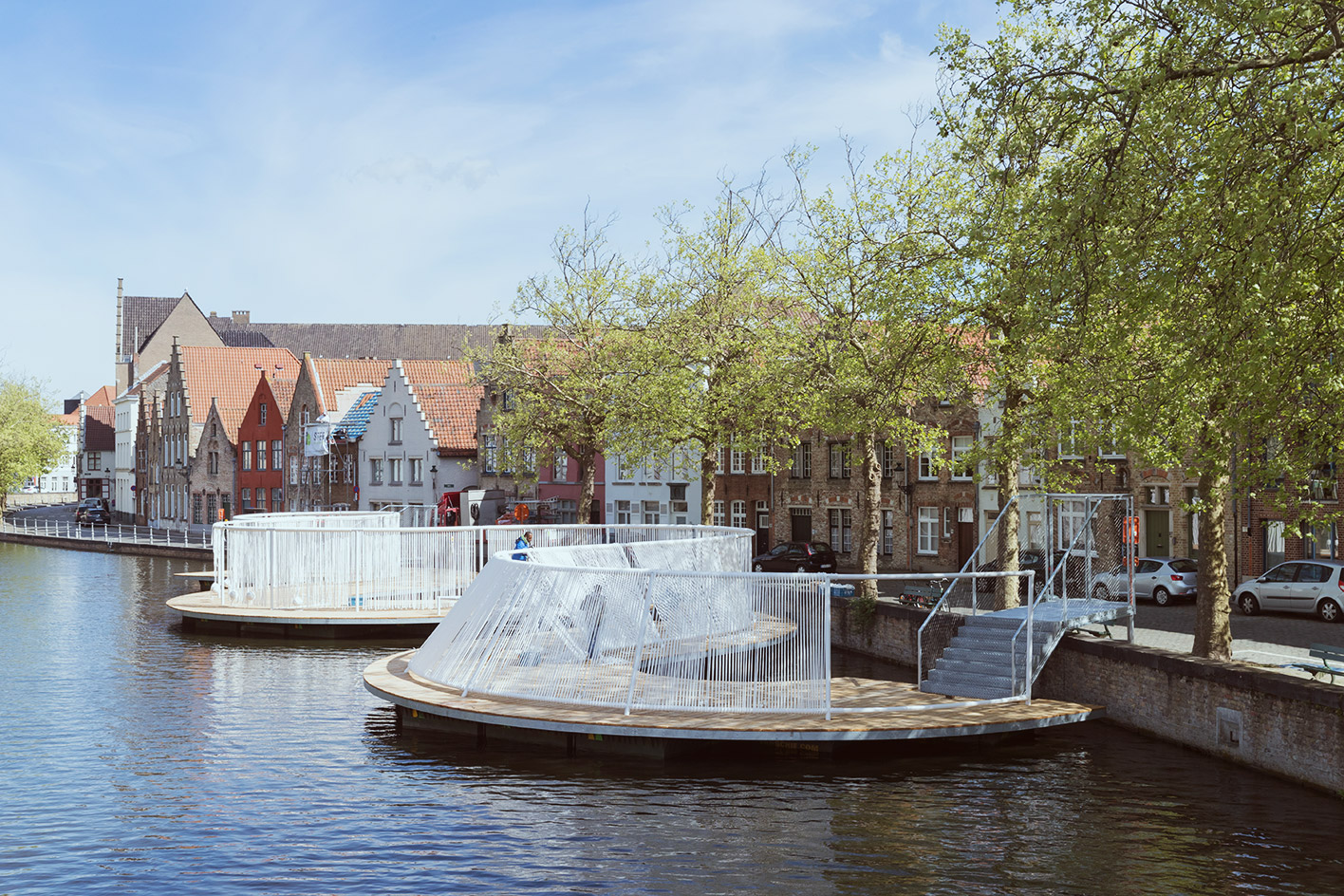
The Floating Island, 2018, by OBBA. With this structure, Korean architectural firm OBBA wished to create an active public space within the Bruges city centre.
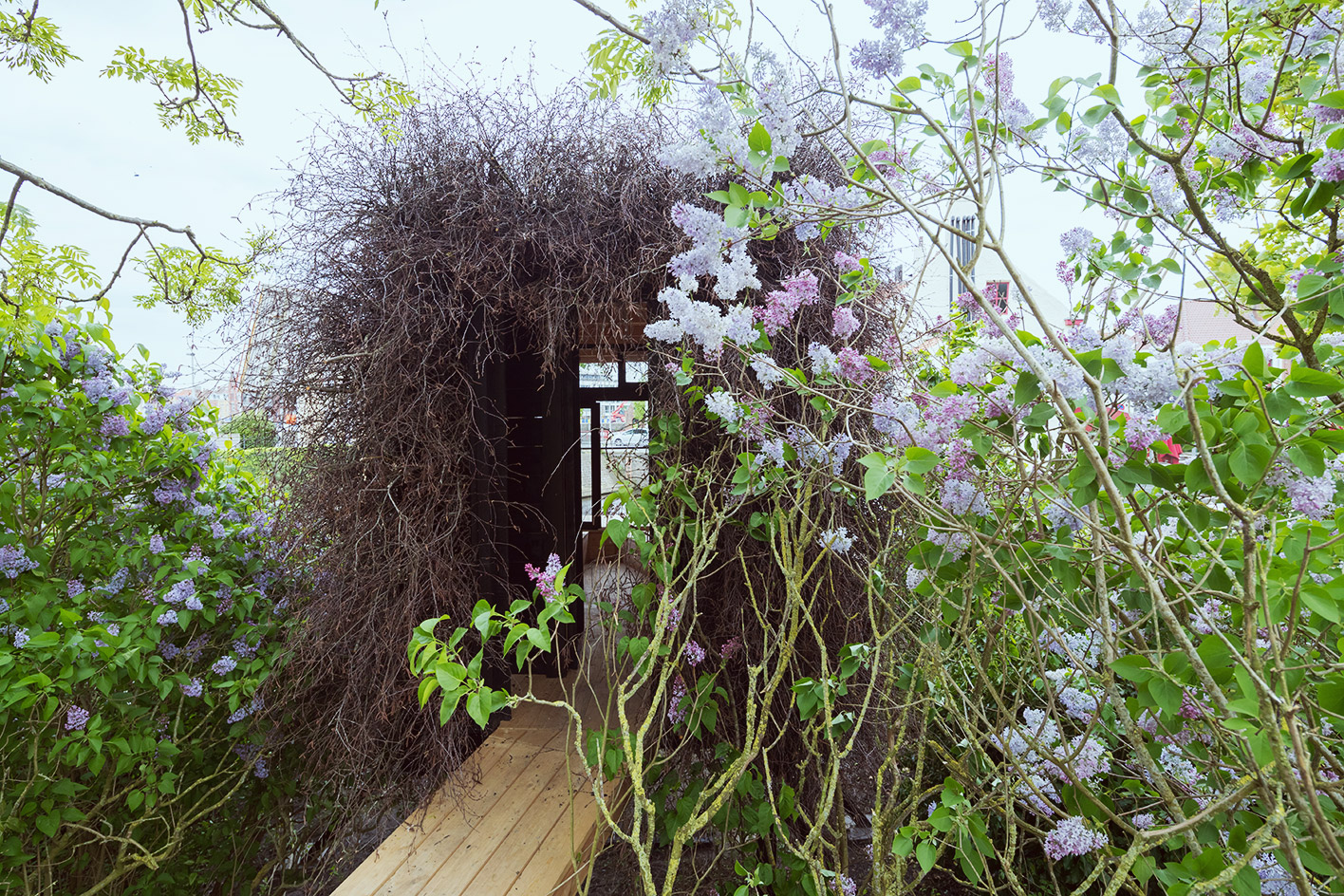
House of Time, 2018, by Raumlabor. On an old industrial site along the Ringvaart, the German firm went to work with the Bolwerk and the Brugge(n) organisations for young people.

MFS III, 2018, is NLÉ’s third prototype and iteration of the Makoko Floating School in Lagos, Nigeria – an innovative structure developed to address the challenges and opportunities of urbanisation and climate change, particularly in coastal African cities.

MFS III has been designed as a fully prefabricated, modular, flat-pack, floating building system that can last 25 years.

Infiniti²³, 2018, by Peter Van Driessche. Imagined as a vertical living space, the construction is reminiscent of Metabolism, the post-war Japanese architectural movement in which capsules were piled up to form tower blocks.

Pavilion, 2018, by Selgascano. The organically shaped structure with pink, orange and yellow transparent walls lends colour to the water.
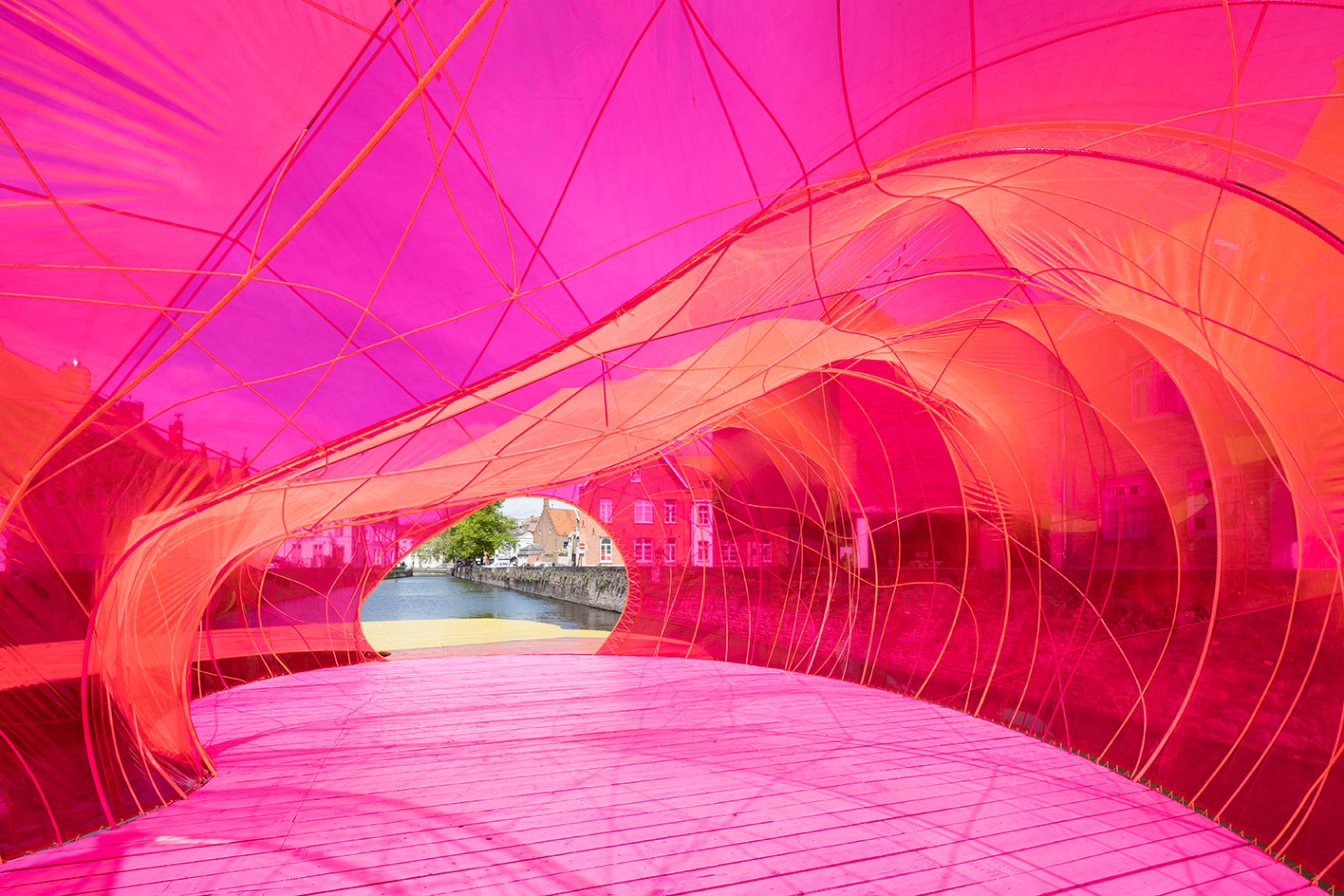
Detail of Pavilion, 2018, by Selgascano.
INFORMATION
Bruges Triennial 2018 runs from 5 May – 16 September. For more information, visit the website
Receive our daily digest of inspiration, escapism and design stories from around the world direct to your inbox.
Giovanna Dunmall is a freelance journalist based in London and West Wales who writes about architecture, culture, travel and design for international publications including The National, Wallpaper*, Azure, Detail, Damn, Conde Nast Traveller, AD India, Interior Design, Design Anthology and others. She also does editing, translation and copy writing work for architecture practices, design brands and cultural organisations.
-
 Winston Branch searches for colour and light in large-scale artworks in London
Winston Branch searches for colour and light in large-scale artworks in LondonWinston Branch returns to his roots in 'Out of the Calabash' at Goodman Gallery, London ,
-
 The most anticipated hotel openings of 2026
The most anticipated hotel openings of 2026From landmark restorations to remote retreats, these are the hotel debuts shaping the year ahead
-
 Is the future of beauty skincare you can wear? Sylva’s Tallulah Harlech thinks so
Is the future of beauty skincare you can wear? Sylva’s Tallulah Harlech thinks soThe stylist’s label, Sylva, comprises a tightly edited collection of pieces designed to complement the skin’s microbiome, made possible by rigorous technical innovation – something she thinks will be the future of both fashion and beauty
-
 Rolf Sachs’ largest exhibition to date, ‘Be-rühren’, is a playful study of touch
Rolf Sachs’ largest exhibition to date, ‘Be-rühren’, is a playful study of touchA collection of over 150 of Rolf Sachs’ works speaks to his preoccupation with transforming everyday objects to create art that is sensory – both emotionally and physically
-
 Architect Erin Besler is reframing the American tradition of barn raising
Architect Erin Besler is reframing the American tradition of barn raisingAt Art Omi sculpture and architecture park, NY, Besler turns barn raising into an inclusive project that challenges conventional notions of architecture
-
 What is recycling good for, asks Mika Rottenberg at Hauser & Wirth Menorca
What is recycling good for, asks Mika Rottenberg at Hauser & Wirth MenorcaUS-based artist Mika Rottenberg rethinks the possibilities of rubbish in a colourful exhibition, spanning films, drawings and eerily anthropomorphic lamps
-
 San Francisco’s controversial monument, the Vaillancourt Fountain, could be facing demolition
San Francisco’s controversial monument, the Vaillancourt Fountain, could be facing demolitionThe brutalist fountain is conspicuously absent from renders showing a redeveloped Embarcadero Plaza and people are unhappy about it, including the structure’s 95-year-old designer
-
 See the fruits of Niki de Saint Phalle and Jean Tinguely's creative and romantic union at Hauser & Wirth Somerset
See the fruits of Niki de Saint Phalle and Jean Tinguely's creative and romantic union at Hauser & Wirth SomersetAn intimate exhibition at Hauser & Wirth Somerset explores three decades of a creative partnership
-
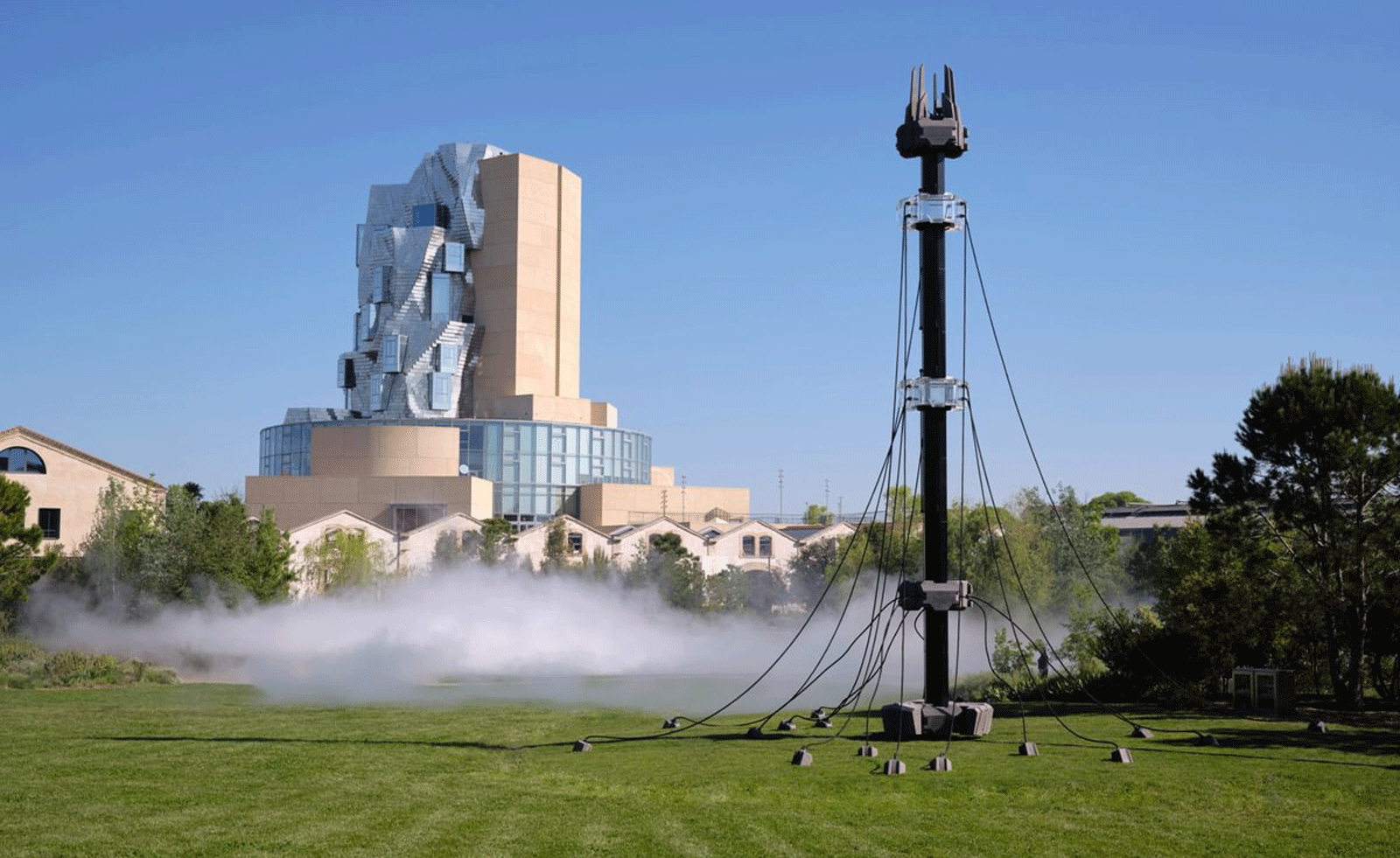 Technology, art and sculptures of fog: LUMA Arles kicks off the 2025/26 season
Technology, art and sculptures of fog: LUMA Arles kicks off the 2025/26 seasonThree different exhibitions at LUMA Arles, in France, delve into history in a celebration of all mediums; Amy Serafin went to explore
-
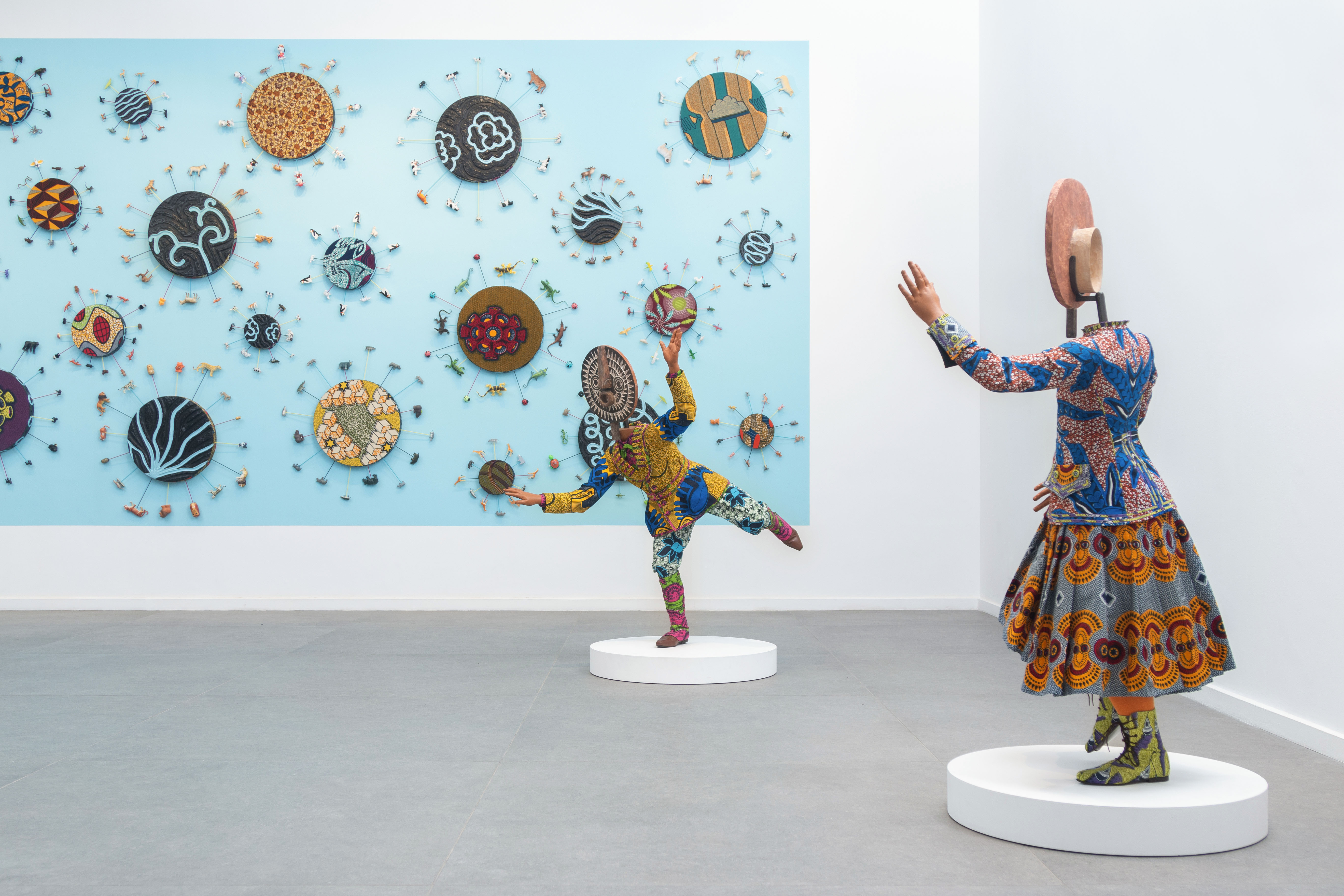 Inside Yinka Shonibare's first major show in Africa
Inside Yinka Shonibare's first major show in AfricaBritish-Nigerian artist Yinka Shonibare is showing 15 years of work, from quilts to sculptures, at Fondation H in Madagascar
-
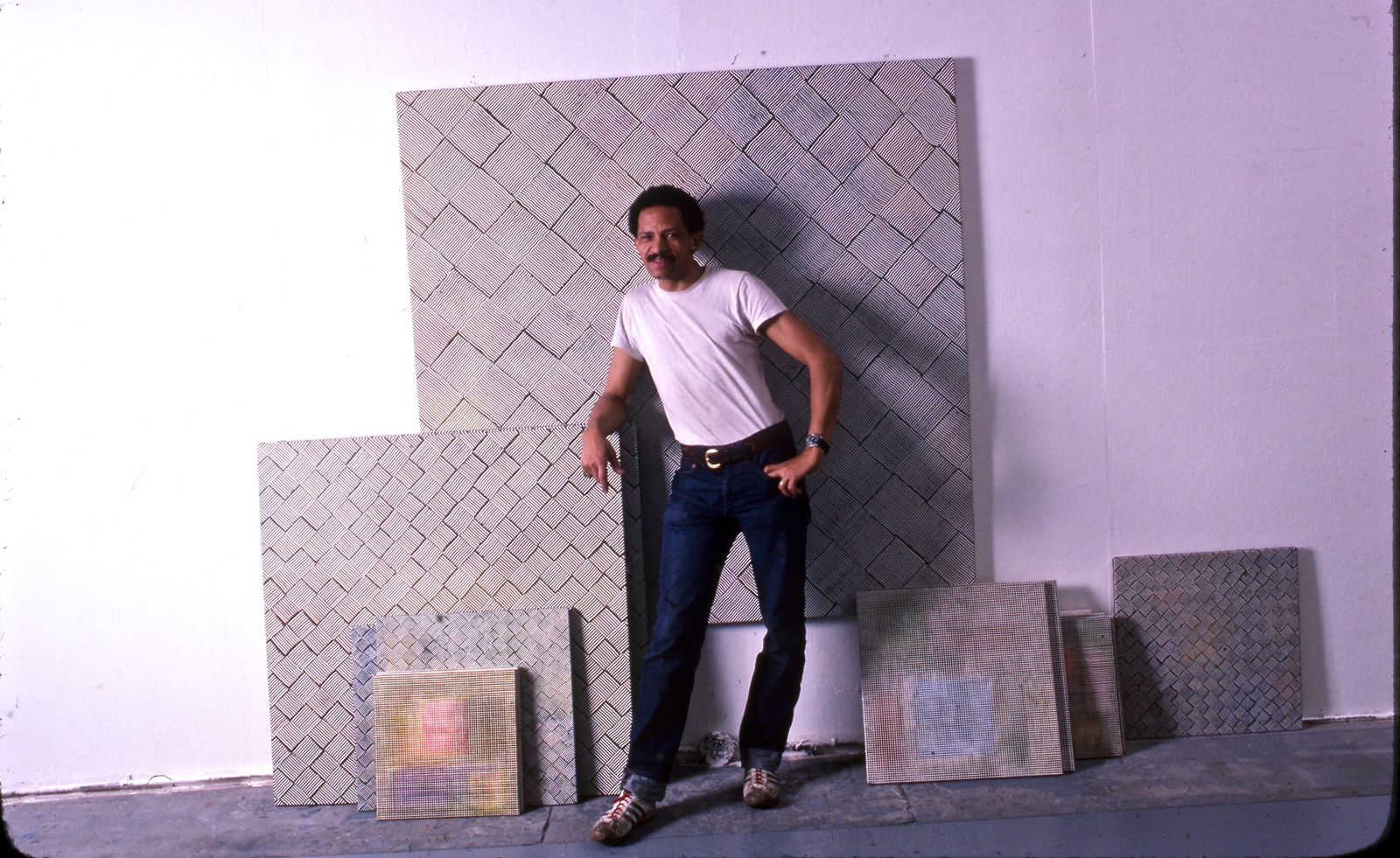 Inside Jack Whitten’s contribution to American contemporary art
Inside Jack Whitten’s contribution to American contemporary artAs Jack Whitten exhibition ‘Speedchaser’ opens at Hauser & Wirth, London, and before a major retrospective at MoMA opens next year, we explore the American artist's impact